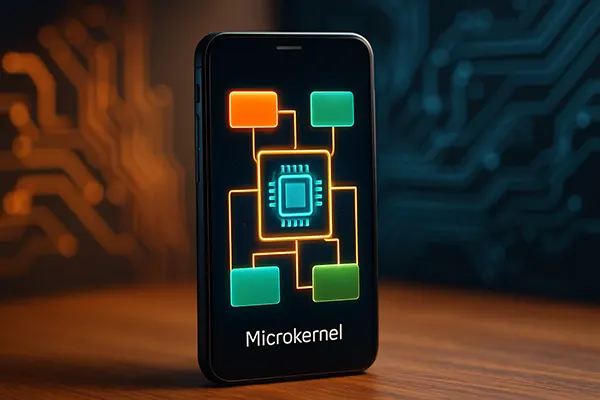
Microkernels in Smartphones: The Future of Mobile Security or a Marketing Gimmick?
In recent years, discussions around microkernel-based operating systems have gained traction in the mobile tech community. Promising better isolation, modularity and enhanced security, microkernels are often portrayed as a groundbreaking solution for protecting personal data on smartphones. But are they truly the future of mobile cybersecurity—or simply a well-polished narrative to capture attention? Let’s explore this in detail.
Understanding Microkernels: Structure and Claims
Microkernels differ from traditional monolithic kernels by isolating essential system functions—such as memory management and inter-process communication—into a minimal kernel. Everything else, from drivers to file systems, runs in user space. This separation promises to reduce the kernel’s attack surface and increase system robustness.
Proponents argue that because fewer components run in privileged mode, vulnerabilities are harder to exploit. A compromised camera driver, for instance, shouldn’t lead to full system control as easily as in monolithic architectures. In theory, microkernels align with the principle of least privilege, an essential pillar of secure software design.
Real-world examples include the seL4 microkernel, which is formally verified for correctness, and Apple’s inclusion of microkernel-like structures in its Secure Enclave Processor. These implementations highlight the industry’s interest in moving toward more resilient core systems, albeit at different levels of integration.
Technical Limitations and Performance Trade-offs
Despite the promising architecture, microkernels come with performance penalties. The communication between isolated services, known as IPC (inter-process communication), often leads to increased overhead. For resource-constrained devices like smartphones, this can translate into slower response times or greater energy use.
Moreover, building a reliable microkernel-based system demands robust design discipline and engineering resources. Drivers, file systems, and even networking must be refactored to run in user space, which increases complexity and requires thorough testing.
Such development hurdles mean that many microkernel projects remain confined to research or niche applications. The cost-benefit ratio is not yet convincing for most manufacturers who prioritise performance and battery life over theoretical security enhancements.
Marketing Narratives vs Actual Security Benefits
Tech companies are known for embellishing technical changes to appear more revolutionary than they are. Terms like “next-gen architecture” or “hardware-rooted security” are often employed without clear explanations. In this environment, microkernels can be presented as silver-bullet solutions, when their actual role may be far more limited.
Marketing around microkernels frequently centres on the promise of “military-grade” security or “unhackable” operating systems. While appealing to consumer fears around privacy breaches, such language is rarely accompanied by transparent technical documentation or independent audit reports.
It’s also important to note that many advertised microkernel benefits can be achieved through traditional methods. Hardened monolithic kernels, sandboxing, and hardware-level encryption already provide robust security without introducing microkernel complexity.
Case Studies from Industry Players
Apple’s Secure Enclave, which handles biometric data and encryption keys, uses a minimalistic OS with microkernel properties. Yet Apple rarely markets it explicitly as “microkernel-based,” suggesting the term holds more buzz than substance in some contexts.
Similarly, Huawei’s HarmonyOS claims to incorporate microkernel elements, particularly in its IoT variants. However, due to limited access to source code and independent verification, it’s difficult to assess the actual security advantages of this design.
Google’s Fuchsia OS is perhaps the most notable example in active development, built on the Zircon microkernel. Although not yet used in mainstream Android phones, its gradual testing in consumer devices like Nest Hubs reflects a cautious but ongoing interest in microkernel strategies.
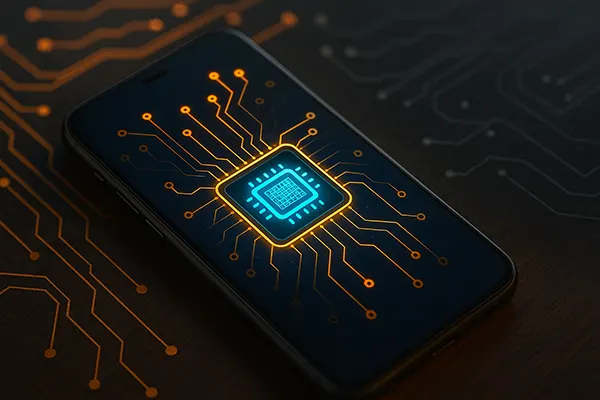
The Road Ahead: Pragmatic Integration or Overhyped Distraction?
Microkernels are unlikely to replace monolithic systems entirely in the near term, particularly in consumer smartphones. However, they may play a growing role in specific secure components, such as isolated key stores, authentication modules, or firmware layers.
The gradual integration of microkernel principles—like modularisation and fault isolation—into existing systems may offer a balanced path forward. This hybrid approach allows manufacturers to enhance security without sacrificing performance or increasing development complexity beyond reason.
From an enterprise or regulatory standpoint, systems based on microkernel architectures could become more attractive, particularly in contexts demanding formal verification or secure multi-tenant environments, such as in defence or critical infrastructure.
Conclusion: Caution, Not Cynicism
Microkernels are neither a silver bullet nor a complete illusion. Their role in improving mobile security is real but should be considered in context. For everyday users, the shift may be invisible, with the benefits materialising subtly in the form of fewer breaches or better containment of threats.
Manufacturers should remain transparent about the extent to which microkernels are implemented and tested. Without that, the term risks becoming another marketing buzzword that dilutes trust instead of building it.
As the industry continues to evolve, a clear-eyed assessment of both the potential and limitations of microkernels will be crucial for informed decision-making—by engineers, journalists and users alike.
Popular topics
-
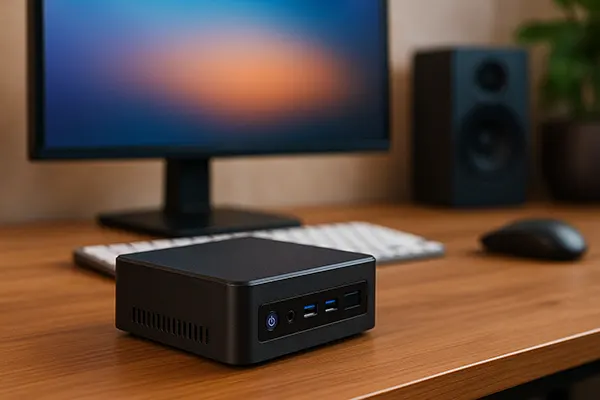 Best Mini PCs of 2025: A Smart Alternative to Traditional...
Best Mini PCs of 2025: A Smart Alternative to Traditional...Mini PCs have become increasingly popular in 2025, offering a …
-
 Visual Studio Code: An In-Depth Exploration of the Dynami...
Visual Studio Code: An In-Depth Exploration of the Dynami...In the vibrant universe of programming, a multitude of tools …
-
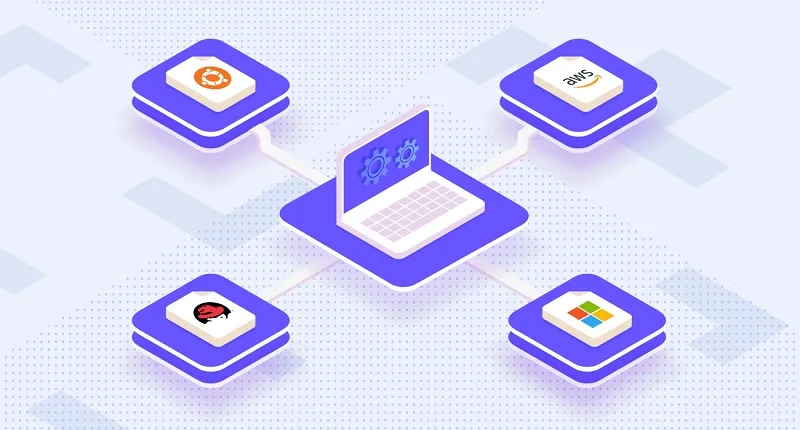 Virtual Machine Guide
Virtual Machine GuideA virtual machine (VM) is a software-based emulation of a …
-
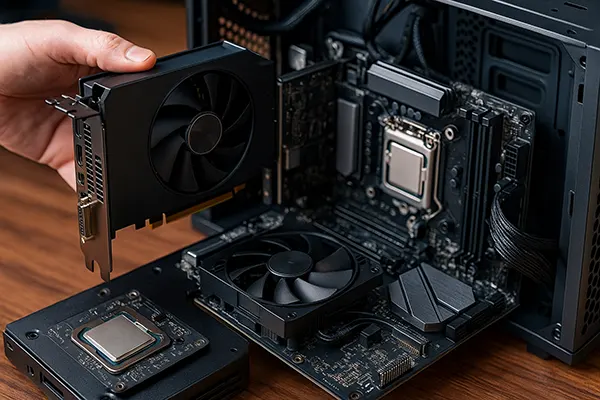 Modular PC Architecture: Will Removable GPUs and CPUs Bec...
Modular PC Architecture: Will Removable GPUs and CPUs Bec...The idea of modular computing has captivated both tech enthusiasts …
-
 What is the latest version of 3DS Max
What is the latest version of 3DS MaxFor the creation of a wide variety of projects, including …
